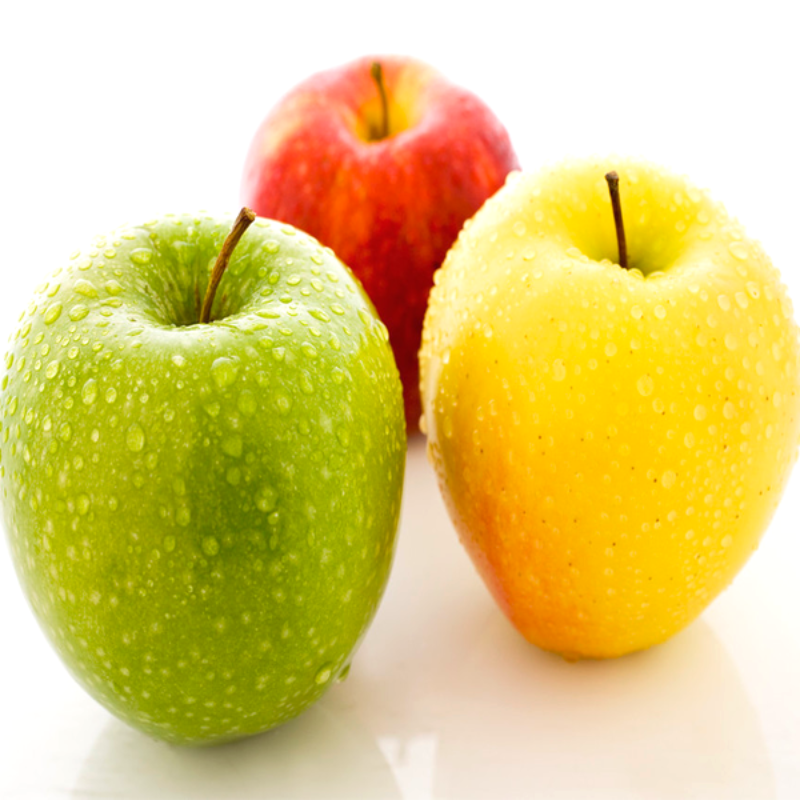- Species and varieties: Apple trees (Malus domestica) come in many varieties, including popular ones like 'Honeycrisp', 'Granny Smith', 'Fuji', and 'Gala'. Each variety has its own unique flavor, texture, and growing requirements.
- Hybrid or heirloom: Apple tree seeds can be either hybrid or heirloom. Heirloom varieties are traditional cultivars that have been passed down through generations, while hybrid varieties are bred for specific traits such as disease resistance, yield, and flavor.
- Pruning and training: Apple trees require regular pruning to maintain their shape, remove dead or diseased wood, and promote healthy growth. Pruning is typically done in late winter or early spring before new growth begins. Training young trees to a central leader or open center form can improve air circulation and sunlight penetration.
- Fertilization needs: Apple trees benefit from balanced fertilization. A general recommendation is to apply a balanced fertilizer (such as 10-10-10) in early spring before new growth starts. Additional applications may be needed based on soil tests and tree health. Organic options like compost or well-rotted manure can also be used to improve soil fertility.
- Hardiness zones: Apple trees are generally suitable for USDA hardiness zones 3 through 8, depending on the variety. Some varieties are more cold-hardy and can withstand lower temperatures, while others are better suited for milder climates.
- Climate requirements: Apple trees require a temperate climate with a distinct winter period for dormancy. They need full sun and well-drained soil. Adequate chilling hours (between 32°F and 45°F) are necessary for proper bud development and fruit set.




